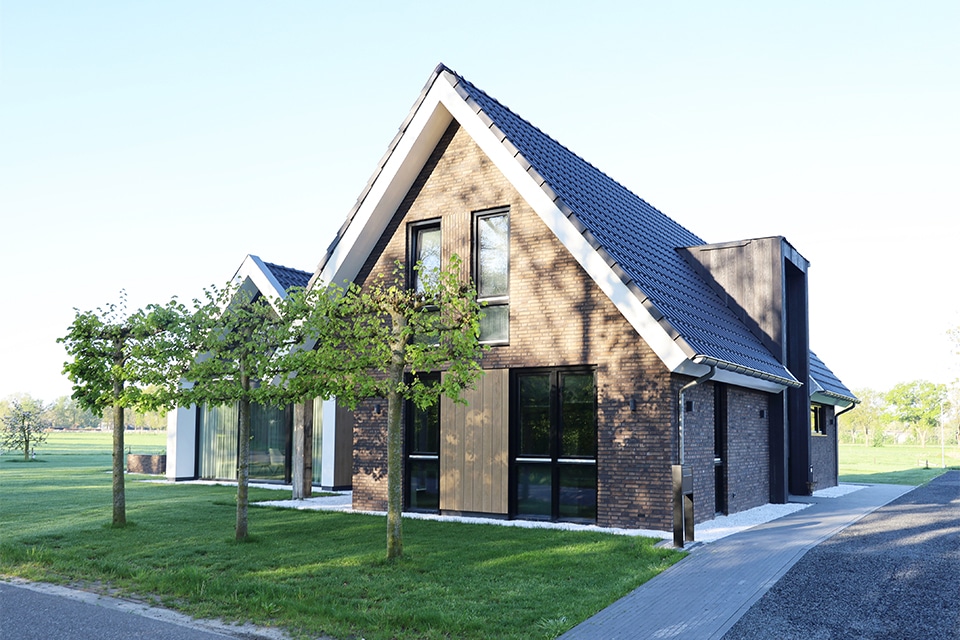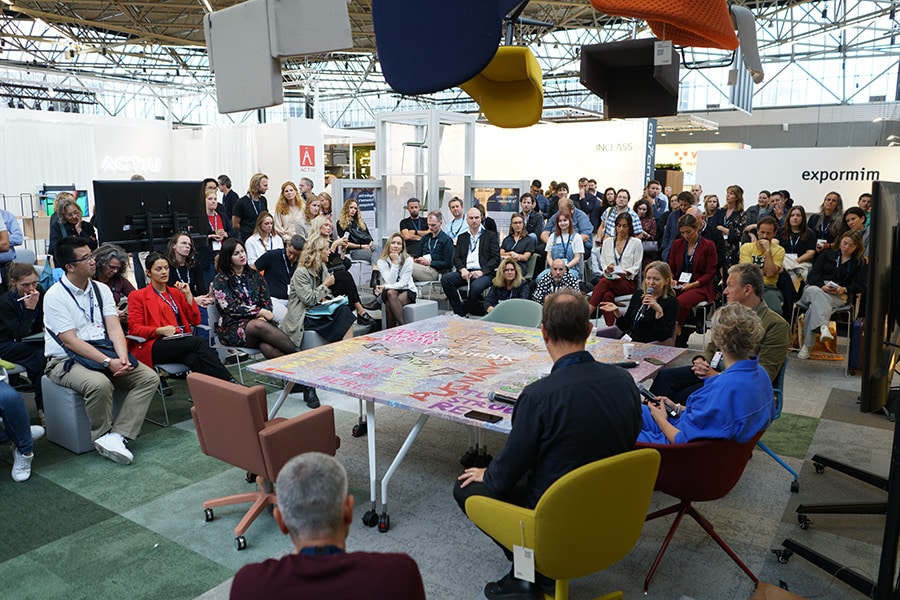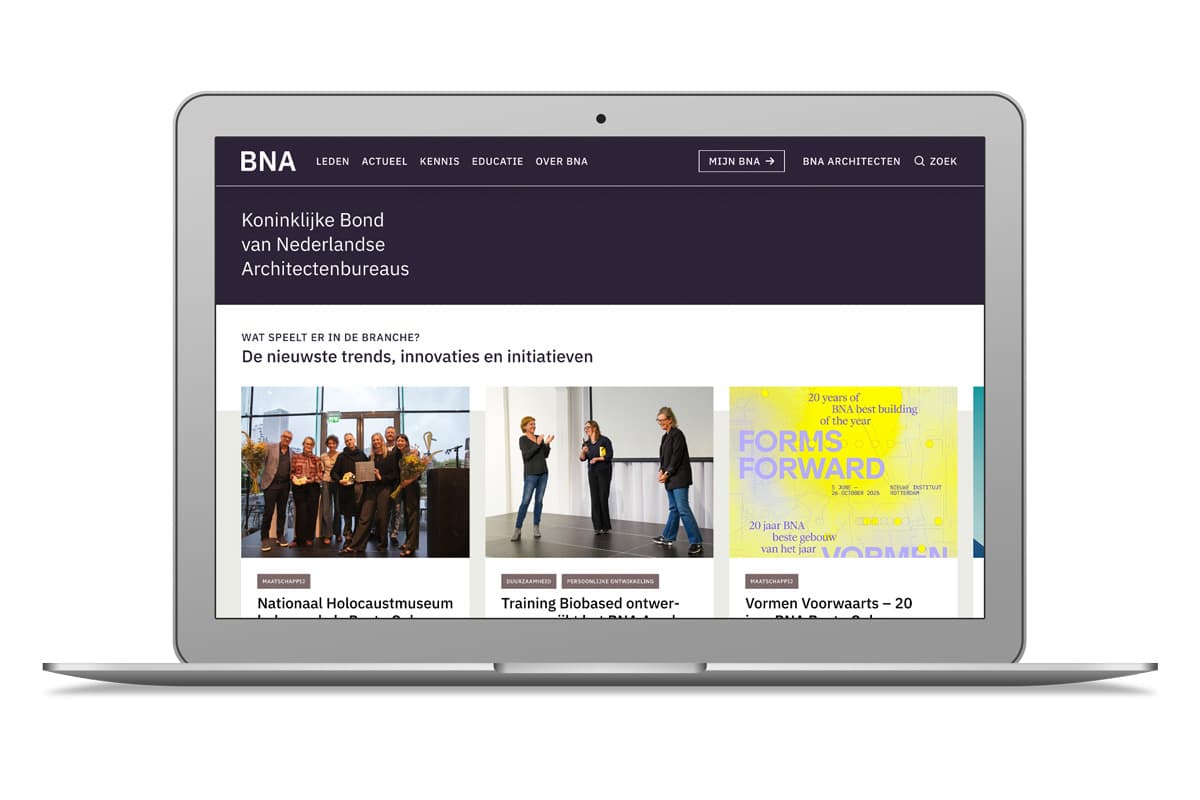
Rolling or bending of window, door and curtain wall profiles: What tolerances are acceptable?
Therefore, in 2017 and together with the Aluminium Center Belgium, Rudi Vandevoordt, Managing Director of BestBend, drew up a technical specification: the STS 52.2. This specification specifies exactly how the profiles should be bent and what tolerances are acceptable. Moreover, since BestBend gets its sales for 40% from the Netherlands, Vandevoordt took up the gauntlet to introduce a standard for bending in the Netherlands, in cooperation with the VMRG.
Perfection down to the smallest details
For more than 40 years, BestBend has been the specialist for cold rolling (extruded) aluminum profiles, including window, door and curtain wall profiles. Also when it comes to special profiles with deviating shapes and/or a very small radius. "When bending or rolling, profiles are forced to assume a certain radius," says Vandevoordt. "The trick here is to avoid stretching on the outside and bulging on the inside as much as possible."
To prevent the profiles from changing shape during bending - for example, from round to oval - an internal support such as a strip or sand is often added. BestBend, however, goes a step further. "As the only rolling specialist in a radius of 500 km around Heist-op-den-Berg, we temporarily fill the profile with a liquid metal, which solidifies and supports the profile even better during the bending process," he says.

"Among other things, the technique offers a solution for curtain walls, windows and doors that have high aesthetic requirements. For example, in terms of shape, radius and dimensional stability. Architects, facade builders and end customers are thus assured of a seamless connection to the straight profile, in accordance with the requirements of the STS 52.2."
Uniform tube standard
In January 2020, Vandevoordt made contact with the VMRG, with the goal of translating the STS 52.2 into a standard for the VMRG manual. "Both the VMRG and other bending companies recognized the need for a uniform standard," he says. "Therefore, we started a working group with three Dutch and two Belgian benders, with the goal of further writing the standard. According to schedule, the new standard will be included in the VMRG handbook from Jan. 1, 2022. In addition, the standard information will be shared with the Belgian Federation of Aluminum Constructors (FAC), which will adopt the standard."
Win-win
According to Vandevoordt, the standard is a win-win for bending/rolling companies, structural engineers, façade builders and architects. "After all, the regulations include exactly what the bending standards can and may be. Both in radii and in nominal size. Constructors can share the information from the VMRG handbook with the architect as early as the design phase, so that the exact design is based on the standards and aesthetics and technical feasibility go hand in hand from the first sketch."
Heeft u vragen over dit artikel, project of product?
Neem dan rechtstreeks contact op met BestBend.
 Contact opnemen
Contact opnemen



